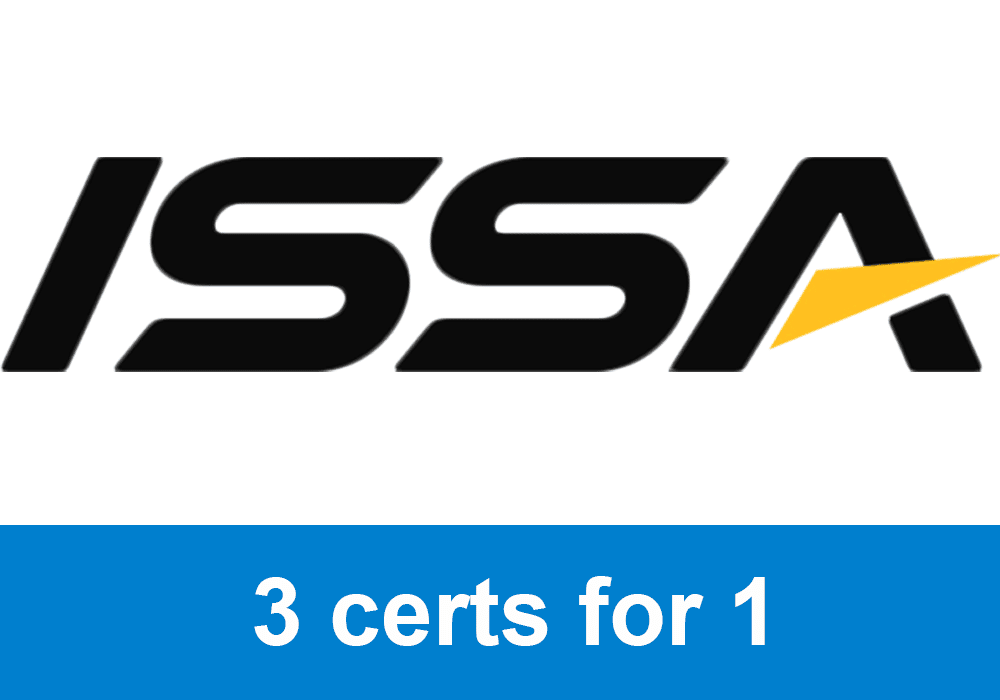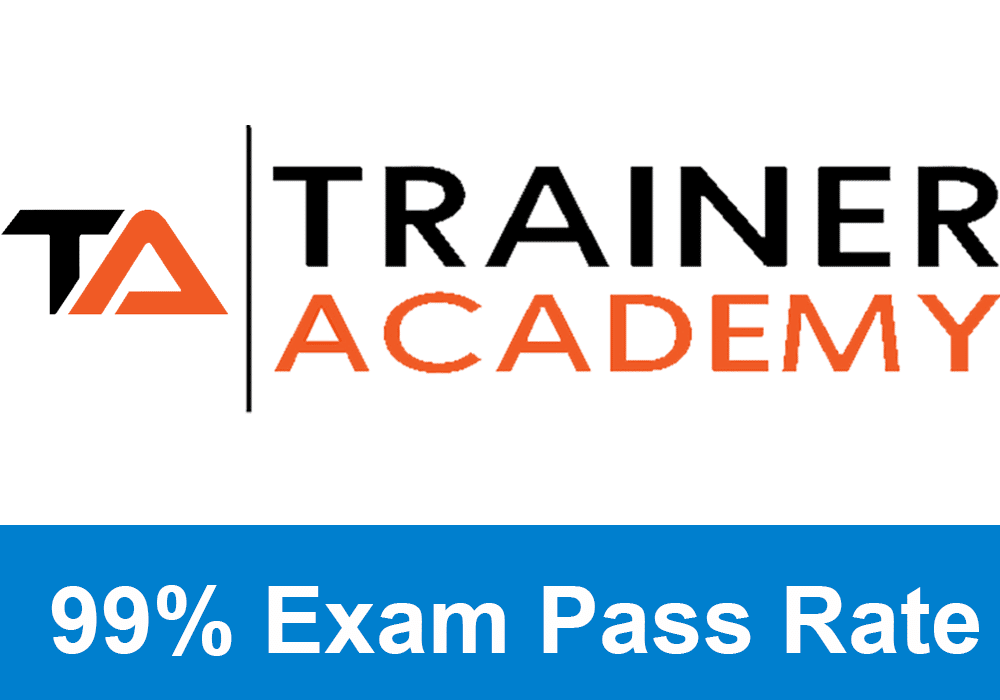![Single Leg Squat Assessment Guidelines for [year] 4 Tyler opens up NASM textbook to page about the Single Leg Squat assessment](https://www.ptpioneer.com/wp-content/uploads/2024/03/Single-Leg-Squat-Assessment-GIF.gif)
The single-leg squat assessment is a transitional movement assessment which looks at neuromuscular control, dynamic flexibility, balance, and core strength. By seeing if the knee turns inward during the squat (knee valgus), you can determine if a person has decreased hip abduction, hip external rotation strength, and limited ankle dorsiflexion.
For anyone prepping for their first fitness certification exam, make sure to download this cheat sheet from Trainer Academy, which can help you get ready to pass the final.
The single-leg squat assessment is a critical tool in evaluating lower body strength, stability, and balance. In this article, I will explore the steps to perform this assessment accurately, key points to remember, common compensations to watch for, and how to interpret the results to enhance your clients’ fitness programs. By the end of this guide, you’ll have a comprehensive understanding of the single-leg squat assessment, empowering you to integrate it effectively into your training regimen.
I’ve worked as a NASM-certified personal trainer for over 12 years and used the single leg squat assessment with many of my clients.
The following article defines what this assessment is, and how NASM uses it as part of their Optimum Performance Training Model and how ISSA and NSCA explore the single leg squat as well.
Purpose and Importance of Single Leg Squat Assessment
![Single Leg Squat Assessment Guidelines for [year] 5 Tyler Read holds up NASM CPT textbook showing the single leg squat assessment](https://www.ptpioneer.com/wp-content/uploads/2024/03/Tyler-Read-Single-Leg-Squat-Assessment-NASM-page-1024x682.jpg)
The purpose of the single leg squat assessment is to evaluate an individual’s lower body strength, stability, and balance. By performing this assessment, fitness professionals can identify any muscular imbalances or weaknesses that may be present in the hips, knees, and ankles.
When you get your personal training certification, you’ll need to learn how to assess your client’s readiness for activity. Be sure you review many NASM flashcards as you approach your exam test date and work through your study plan for the NASM exam.
This assessment is particularly beneficial for athletes and individuals involved in activities that require single leg movements, such as running, jumping, and cutting. It allows trainers to design targeted exercise programs to improve overall lower body function and reduce the risk of injury. Additionally, the single leg squat assessment can also provide valuable information about an individual’s movement patterns and biomechanics, helping trainers tailor their training approach accordingly.
Additionally, the single leg squat assessment can be used as a diagnostic tool to monitor progress and track improvements over time.
Other movement assessments include the NASM overhead squat assessment, and the pushing and pulling assessments.
Biomechanics of the Single Leg Squat
During a single leg squat, several key muscles are targeted to provide stability and control throughout the movement. The primary muscle group engaged is the quadriceps, specifically the vastus medialis, vastus lateralis, vastus intermedius, and rectus femoris. These muscles work together to extend the knee joint and maintain proper alignment during the squat.
Exclusive PTP CPT Offers |
||
|---|---|---|
Most Popular Cert | Best Online NCCA Cert | Best Study Materials |
Gold Standard Cert | A Good Option | Best CPT for you?  |
Additionally, the gluteus maximus, hamstrings, and calf muscles play a crucial role in stabilizing the hip and ankle joints, respectively. The gluteus medius and minimus also contribute to maintaining balance and preventing excessive hip adduction or abduction. Overall, the single leg squat is a highly effective exercise for strengthening the lower body muscles and improving functional stability. Core stability is also a key component of the SLS (single-leg squat).
This movement pattern also mimics many of the athletic movements required in sports where you need to stabilize single-leg movement, such as speed skating and soccer.
For a more detailed look at biomechanics, the NASM Performance Enhancement Specialization gives you a more complete look at how the body operates and how to maximize athletic performance.
Preparing for this Assessment
Prior to engaging in the single leg squat assessment, the NASM CPT recommends that you warm up the muscles and joints. You can use dynamic movements such as leg swings and squats to enhance flexibility and prevent injury. Banded lateral walks can also be a good warm-up to help clients engage their glutes, along with hip extension repetitions off the floor.
Warming up can be the difference between success and injury to an extremity, so make sure to include warm up and cool down periods with clients.
Proper Technique and Form for the Single-leg Squat Assessment
The single leg squat assessment, as outlined by NASM (National Academy of Sports Medicine), is a valuable tool for evaluating lower body strength, stability, and balance. To perform this assessment, start by standing with feet hip-width apart and arms placed on their hips for balance. Lift one foot off the ground, keeping the knee slightly bent. Slowly lower the body into a squat position on the supporting leg while maintaining proper alignment of the knee, hip, and ankle complex.
![Single Leg Squat Assessment Guidelines for [year] 6 NASM textbook pages showing diagram showing technique of the single leg squat assessment](https://www.ptpioneer.com/wp-content/uploads/2024/03/NASM-single-leg-squat-diagram.jpg)
The goal is to reach a depth where the thigh is parallel to the ground without any compensations or deviations in form. It is important to focus on controlling the movement throughout and avoiding excessive leaning or shifting. Repeat on both legs to assess any asymmetries or imbalances.
Common Faults and Corrections in Single Leg Squat
During the single leg squat assessment, there are a few common mistakes that individuals should avoid to ensure accurate results. For example, it is crucial to maintain proper alignment of the knee and ankle throughout the movement. Deviating from this alignment can lead to incorrect tracking and potential injury. Secondly, individuals should avoid excessive forward lean or rounding of the back, as this can place unnecessary stress on the lumbar spine and compromise stability.
Overactive and Underactive Muscles in the Single Leg Squat Assessment
| Checkpoint | Compensation | Probable Overactive Muscles | Probable Underactive Muscles |
|---|---|---|---|
| Knee | Move inward | Adductor complex Biceps femoris (short head) TFL Vastus lateralis |
Gluteus medius/maximus Vastus medialis oblique (VMO) |
Exclusive PTP CPT Offers |
||
|---|---|---|
Most Popular Cert | Best Online NCCA Cert | Best Study Materials |
Gold Standard Cert | A Good Option | Best CPT for you?  |
Additionally, it is important to maintain control and stability throughout the entire range of motion, avoiding any sudden jerky movements or loss of balance. Lastly, individuals should be mindful of foot placement, ensuring that the foot remains flat on the ground and does not roll inward or outward excessively.
Progressions and Modifications for Single Leg Squat Training
When it comes to the single leg squat assessment, there is indeed a recommended progression and regression that can be followed. The National Academy of Sports Medicine (NASM) suggests starting with a regression by performing the exercise with the assistance of a stable surface or support, such as a chair or wall. This helps individuals build stability and confidence in their single leg squat technique.
As they progress, NASM recommends gradually reducing the reliance on external support until they can perform the single leg squat without any assistance. This gradual progression allows for proper muscle activation and control, minimizing the risk of injury and ensuring optimal performance during the assessment.
The NASM Corrective Exercise Specialization also recommends using a split-squat as a regression for those who cannot complete a single-leg squat. This modification allows individuals to work on unilateral lower body strength and stability while maintaining a more stable base of support. Additionally, the single leg squat assessment can provide valuable information on muscle imbalances and movement compensations that may predispose individuals to injury. The split squat allows the fitness professional to get an understanding of a client’s mobility in a slightly safer position.
The ISSA Strength and Conditioning Certification discusses the single-leg squat in the context of lower body hypertrophy exercises, showing how you can modify the exercise with a suspension system for people without the balance to complete the assessment safely.
If you want to further improve client’s mobility, consider including the right stretching programming. I’d recommend looking at the NASM Stretching and Flexibility Coach specialization for more info on advanced stretching techniques.
Using Single Leg Squat Assessment in Exercise Programming
Incorporating the single leg squat assessment into a comprehensive training program is essential for evaluating lower body strength, stability, and balance. To begin, it is important to establish a baseline by having the individual perform the single leg squat without any external load. This will help identify any muscular imbalances or weaknesses. Once the baseline is established, progressive overload can be implemented by gradually adding resistance such as dumbbells or kettlebells.
Additionally, incorporating variations of the single leg squat, such as pistol squats or Bulgarian split squats, can further challenge the individual’s stability and strength. It is crucial to monitor form and technique throughout the training program to ensure proper alignment and minimize the risk of injury.
The single leg squat assessment is a valuable tool used to evaluate an individual’s lower body strength, stability, and balance, making it particularly useful for athletes and those recovering from lower body injuries.
By identifying any imbalances or weaknesses, this assessment can help trainers and physical therapists design more personalized exercise programs to improve overall lower body strength and stability. Proper execution of the single leg squat assessment can also enhance proprioception and body awareness, leading to better performance in various sports and activities.
If you want to become a corrective exercise specialist, I recommend picking either the NASM CES or one of the other top corrective exercise specializations.
Programming the single leg squat in a strength, conditioning, or hypertrophy program has several advantages. The NSCA CSCS recommends using unilateral exercises such as the single leg squat to isolate each leg for people who have bilateral asymmetries
Not only that, but unilateral training has found to have a positive impact on the opposing side in injured athletes who train their unimpeded leg. So if someone injures their left leg but is still able to train their right leg as the left returns to normal, it will actually speed up recovery in the injured leg.
One of the nice things about using the single leg squat in a hypertrophy program is also the lack of equipment needed. This makes the single leg squat a good alternative for people who are already too strong to make much progress with the bodyweight squat.
Safety Considerations for Single Leg Squat Assessment
If clients do not have the strength or balance to complete the SLSA, or they cannot complete a normal squat without assistance, move on to another assessment. The single leg squat assessment is an advanced movement.
Clients who also have pre-existing knee, ankle, or hip conditions should avoid doing the assessment, unless they have approval from their physician.
Additionally, it is important for individuals to perform the single leg squat assessment under the guidance of a certified personal trainer or exercise professional to ensure proper technique and avoid potential injury.
Conclusion
All personal trainers need to assess their clients in order to see their current strengths and limitations. We do that through a series of physical tests. Through testing, you can understand where someone is at and where you need to take them. The single leg squat assessment is a valuable tool used by NASM-certified trainers to evaluate an individual’s lower body strength, stability, and functional movement patterns.
You can certainly improve your corrective exercise specialist salary by including the appropriate assessments in your programming.
This assessment involves performing a controlled squat on one leg while maintaining proper alignment and balance. Using the single leg squat, you can see poor compensation movement patterns that may lead someone to injury down the road. Try using this assessment with healthy clients in addition to other tests like the overhead squat, basic posture analysis, and the Davies Test in your initial evaluation. Then you can use the findings to build an appropriate exercise program that takes clients towards their fitness goals and aspirations.
Frequently Asked Questions
What are the potential benefits of incorporating the single leg squat assessment in to a fitness program?
What are the key points to remember while performing the single leg squat assessment?
What are the potential limitations or contraindications of the single leg squat assessment?
Which category of movement assessments includes the single-leg squat?
What is the key compensation to look for during a single-leg squat assessment?
What are fitness assessments designed to do?
What are the five kinetic chain checkpoints to observe during exercise?
These checkpoints ensure proper alignment and mechanics, reducing the risk of injury and improving performance .
References
- Fahmy, R. (2022). NASM Essentials of Corrective Exercise Training. Jones et Bartlett Learning.
- Clark, M. A., Lucett, S. C., Mcgill, E., Montel, I., & Sutton, B. (2018). NASM essentials of personal fitness training. Burlington Jones & Bartlett Learning.
- Haff, G. Gregory, and N. Travis Triplett, editors. Essentials of Strength Training and Conditioning . 4th ed., Human Kinetics, 2016.
- Mahoney, Erin A, et al., editors. Strength and Conditioning. 2nd ed., ISSA, 2020.

 Have a question?
Have a question? 
Tyler Read
PTPioneer Editorial Integrity
All content published on PTPioneer is checked and reviewed extensively by our staff of experienced personal trainers, nutrition coaches, and other Fitness Experts. This is to make sure that the content you are reading is fact-checked for accuracy, contains up-to-date information, and is relevant. We only add trustworthy citations that you can find at the bottom of each article. You can read more about our editorial integrity here.